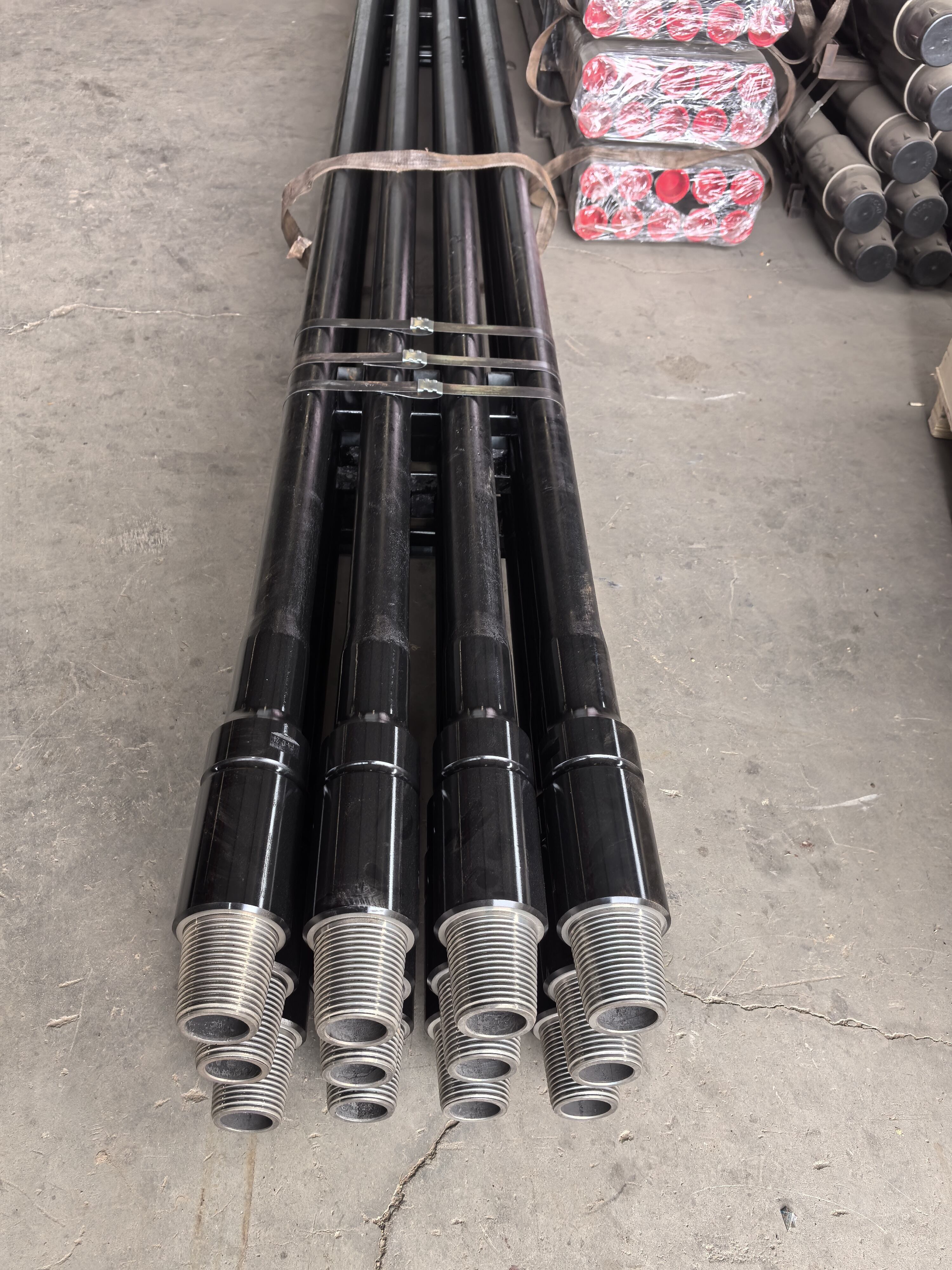down the hole hammer piling
Down the hole hammer piling is an advanced drilling technique that combines percussion and rotation to create deep foundations in various ground conditions. This method utilizes a pneumatic hammer positioned at the bottom of the drill string, directly above the drill bit, delivering powerful impact energy directly to the rock face. The system operates by using compressed air to drive the hammer mechanism, which generates high-frequency impacts while the drill string rotates, effectively breaking and crushing the rock formation. The method is particularly effective in hard rock conditions and can achieve impressive penetration rates while maintaining excellent hole straightness. The drilling process creates minimal vibration compared to traditional methods, making it ideal for urban construction sites and environmentally sensitive areas. The system also incorporates an efficient debris removal mechanism, where the compressed air that drives the hammer simultaneously clears the drill cuttings from the hole, ensuring continuous and efficient operation. This technology has revolutionized foundation work by offering superior accuracy, reduced installation time, and the ability to work in diverse geological conditions, from soft soil to the hardest rock formations.


